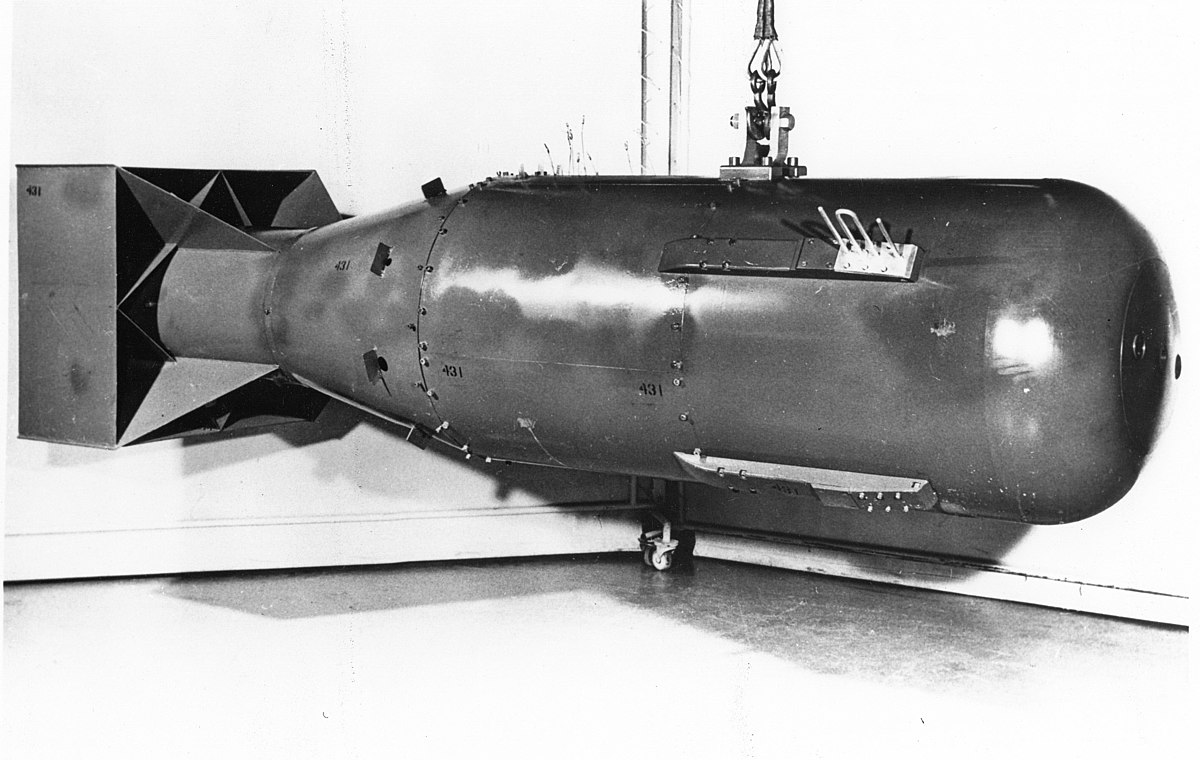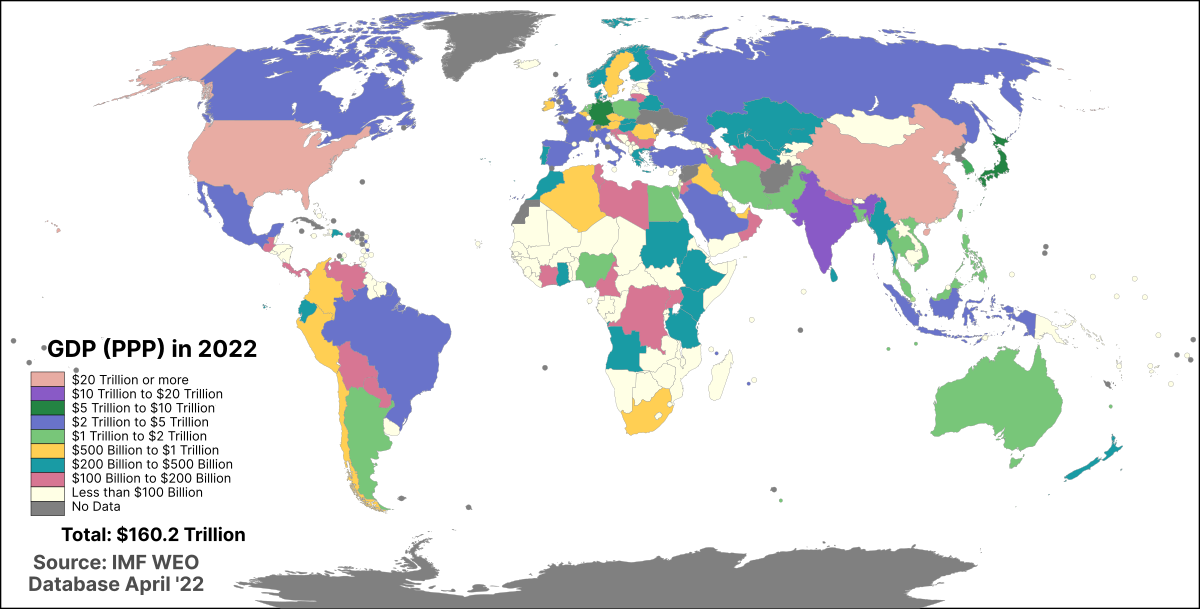Southeast Asia’s Newly Industrialized Countries (NIC) and China
One of the economic commonality between Thailand, Indonesia, Malaysia and the Philippines is, all four are grouped under the term Newly Industrialized Country (NIC). Since the 1970s and 1980s, and on a more growing basis since the 1990s, these Southeast Asian nations have experienced robust growth which helped economists to differentiate them from other developing world nations.
But unlike other geographical regions, Southeast Asia has more NICs than others. One major explanation could be the presence of China and the influence it exerts over the nations in its periphery. China began a process of capitalization in the eighties and the growth of the regional economic powerhouse has pulled up new NICs in peripheral Southeast countries. China’s Belt and Road Initiative (BRI), along with Chinese premier Xi Jinping’s 2021 announcement to guide China towards ‘Moderately Developed Nation’ by 2035 means Southeast Asia’s NICs are looking for a more intense Chinese involvement in economic ground.
What is NIC
Popularized in the 1960s and 1970s, the term NIC referred to Four Asian Tigers: Singapore, South Korea, Taiwan and Hong Kong. Basically, a NIC economy is understood as successfully transitioning from agricultural to one more dependent on manufacturing and service industries.
Today, India, China, Turkey, Brazil, Mexico, South Africa, and the aforementioned four states are grouped under this category. People in NICs enjoy better living conditions, transport, education and other facilities than the developing world. NICs are not developed nations, but on the way to achieve the status. Some consider Argentina and Russia to be NICs too.
China and Southeast Asia’s economy
Under Xi’s leadership, China has stated their goal to become a highly developed manufacturing hub by 2035. China, itself a NIC, aims to reach the developed stage. Southeast Asia fits well in this plan thanks to its population, abundant natural resources, a well established industrial sector along with powerful Chinese Bamboo networks. New investments from Asia Infrastructure Development Bank (AIDB), access to a large market of approximately 30 percent of the world population made Southeast Asia a focal point of China’s next stage development. 76.6 percent of Chinese foreign investments in 2020 have been in Southeast Asia. Much of this capital has gone to infrastructure projects. Other sectors of economic involvement are palm oil, machinery and auto industry, apparel, pharmaceuticals, electronic products, mining and timber.
The Major Southeast Asian economies are very well integrated with the Chinese one. Bilateral trade among ASEAN countries and China in 2019 stood at 641.5 billion USD. During the ongoing COVID-19 pandemic, only the Chinese economy among major economies registered positive growth. Neighboring Southeast Asians however, was tremendously hit. Tourism literally paused, export of consumer goods and raw materials diminished, and the crisis of vaccines made the situation worse.
China perfectly used the situation by providing vaccines in time. Indonesia received 1.3 million shots, while Philippines received 6 lakh, and Thailand 2 lakh respectively. Indonesian company Bio Farma even produces Chinese vaccines at home. However, it will be wrong to assume Chinese involvement only started with the pandemic. As its closest neighbor, Southeast Asia’s economy has always been closely connected with the Chinese one. Since the late 1980s, China’s growth also helped Southeast Asia to rise from a mere agricultural impoverished nation.
ASEAN-China Free Trade Area (ACFTA) has increased massive Chinese investment in Southeast Asia’s largest economy: Indonesia. China is Indonesia’s largest import and export partner. It is also among the top 3 donors of foreign aid to the country and is involved in numerous medium to multibillion dollar projects. In 2020 alone, Indonesian exports to China amounted to 31.78 billion. Thailand, another major regional power, has always held amicable economic relations with China in recent years. After the 2014 and 2020 clashes among military and civil politicians, Thailand has been extremely wary of Western states. China meanwhile has invested millions to develop Thai-China connectivity. Both countries’ trade amounted to an estimated 98 billion USD in the 2020s. Philippines-China trade relations have been growing at more than 17% percent in the 2014-2019 period.
Bilateral trade volume amounts to 50 billion USD. Chinese technologies have boosted Filipino agricultural productions. The archipelago, the Luzon area serves China’s interest to safeguard the busy South China trading route. Despite occasional strife over small atolls and islands in the region, Chinese development has certainly brought the Filipino economy closer to integration than ever . China is the second biggest foreign investor there, trailing Singapore.
The 15 member Regional Comprehensive Economic Partnership (RCEP) shows China’s interest to promote an Asia-centric free trade market. All the Southeast Asian NICs joined the RCEP, alongside many pacific and Oceania states. Signed in November 2020, RCEP has the potential to boost Southeast Asian economies. Another Chinese influence in the South China Sea and adjacent states is their relentless pursuit of access to the Indian Ocean. The Strait of Malacca and South China Sea is responsible for 1/3 of world’s shipping trade, worth 3 trillion USD per year. In a 2003 speech in Indonesian Parliament, Chinese premier Xi Jinping affirmed his promise of a maritime silk road, connecting Jakarta, Kuala Lumpur and port of Singapore with its booming industry.
The great bamboo network
Since ancient times, especially after the end of the Chinese civil war, millions of Chinese families fled to Southeast Asian nations. Chinese community’s percentage is just about 10 percent of the Southeast Asian population. In the Philippines, their number is 1.3 million. They comprise 3.3% of Indonesian population, 14% of Thailand population, and 22% of Malaysia’s population. However The Bamboo Network played a vital role in the rise of China as they were the main investors in Xiaoping’s new China. Through a system of small to large family run, clan based business systems, Chinese communities quickly became the dominant driving force in the region.

Their successes in businesses, fluid capital accumulation and efficient distribution systems spanning across Eastern Pacific and mainland China made them dominant stakeholders in the political and economic sectors. More than 80 percent of Southeast Asia’s billionaires are ethnic Chinese. Chinese communities hold a significant percentage in ownership of companies, capital stock, banks, conglomerates, foreign money reserves, and businesses in Southeast NICs.
These Chinese entrepreneurs have extensive ties with their ancestral mainland. China’s new economic drive certainly aims to use this business-bureaucratic model for closer integration with Southeast states. Much of the Chinese contracts or investment in Southeast Asian countries goes to the companies owned by ethnic Chinese. China’s new economic drive will strengthen these local communities in NIC economies.
Problems of dealing with China
Despite the heavy influence of Chinese capital, many in Southeast’s NICs are skeptical about China’s involvement. Accusations of bribery, opaque loans, and loan shark tactics are not uncommon with the Chinese investment. China has been accused of using currency devaluing strategy, often driving native Southeast Asian industries out of the market.
Some argue that China’s growing influence will make ASEAN powerhouses towards a China centric economy, rendering independent economic decision making difficult. The loans with extremely high interest rates pressured the Sri Lankan government to give away Hambantota port to China for a long lease. China has quite often tried to pressurize countries like Pakistan and Myanmar with its port and road projects and to receive loans. Now, many fears, the growth of Chinese investment, along with a massive flush of Chinese currency to the hands of Southeast Asia’s Chinese community will make it difficult for ASEAN leadership to choose an independent path of economic prosperity.
One of the economic commonality between Thailand, Indonesia, Malaysia and the Philippines is, all four are grouped under the term Newly Industrialized Country (NIC). Since the 1970s and 1980s, and on a more growing basis since the 1990s, these Southeast Asian nations have experienced robust...

ibtbd.net
























